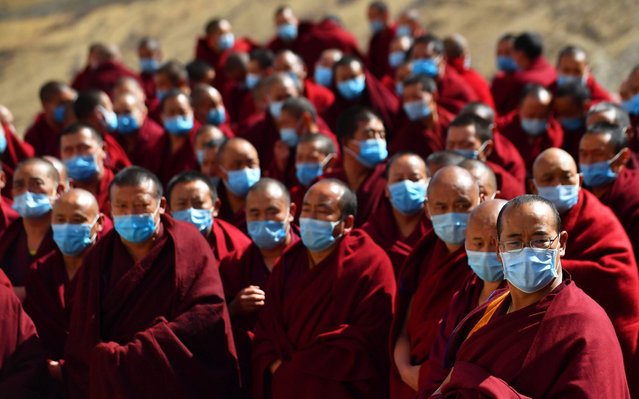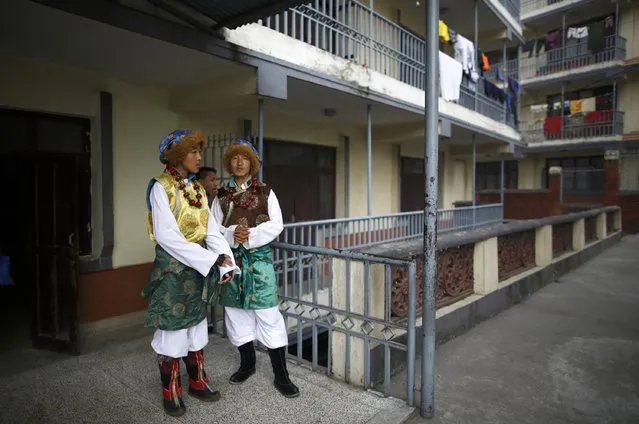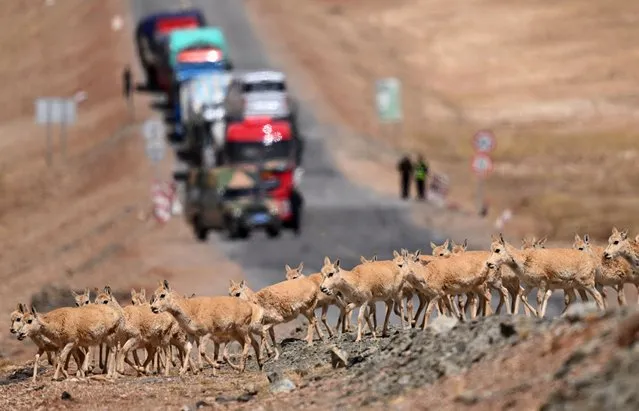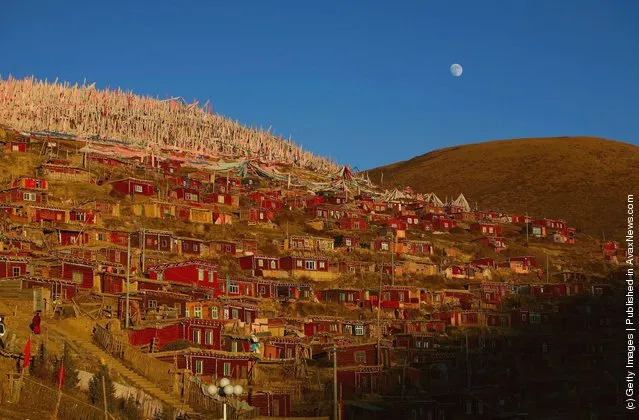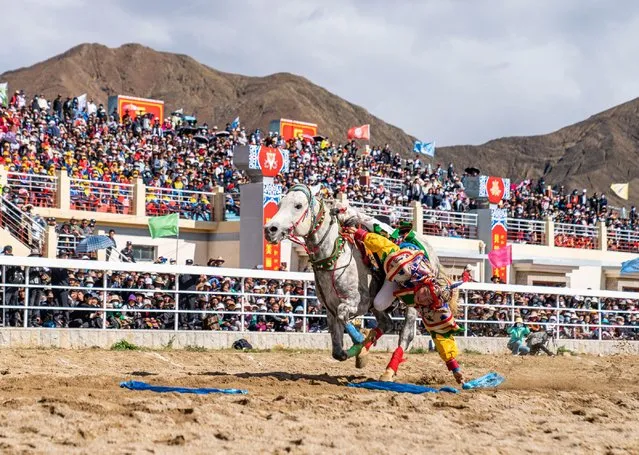
A rider picks up a hada, a traditional Tibetan ceremonial scarf, during a horse racing event of the 18th Mount Qomolangma culture and tourism festival in Xigaze, southwest China's Tibet Autonomous Region on June 20, 2023. (Photo by Sun Fei/Xinhua News Agency/Alamy Live News)
29 Jun 2023 02:37:00,post received
0 comments


